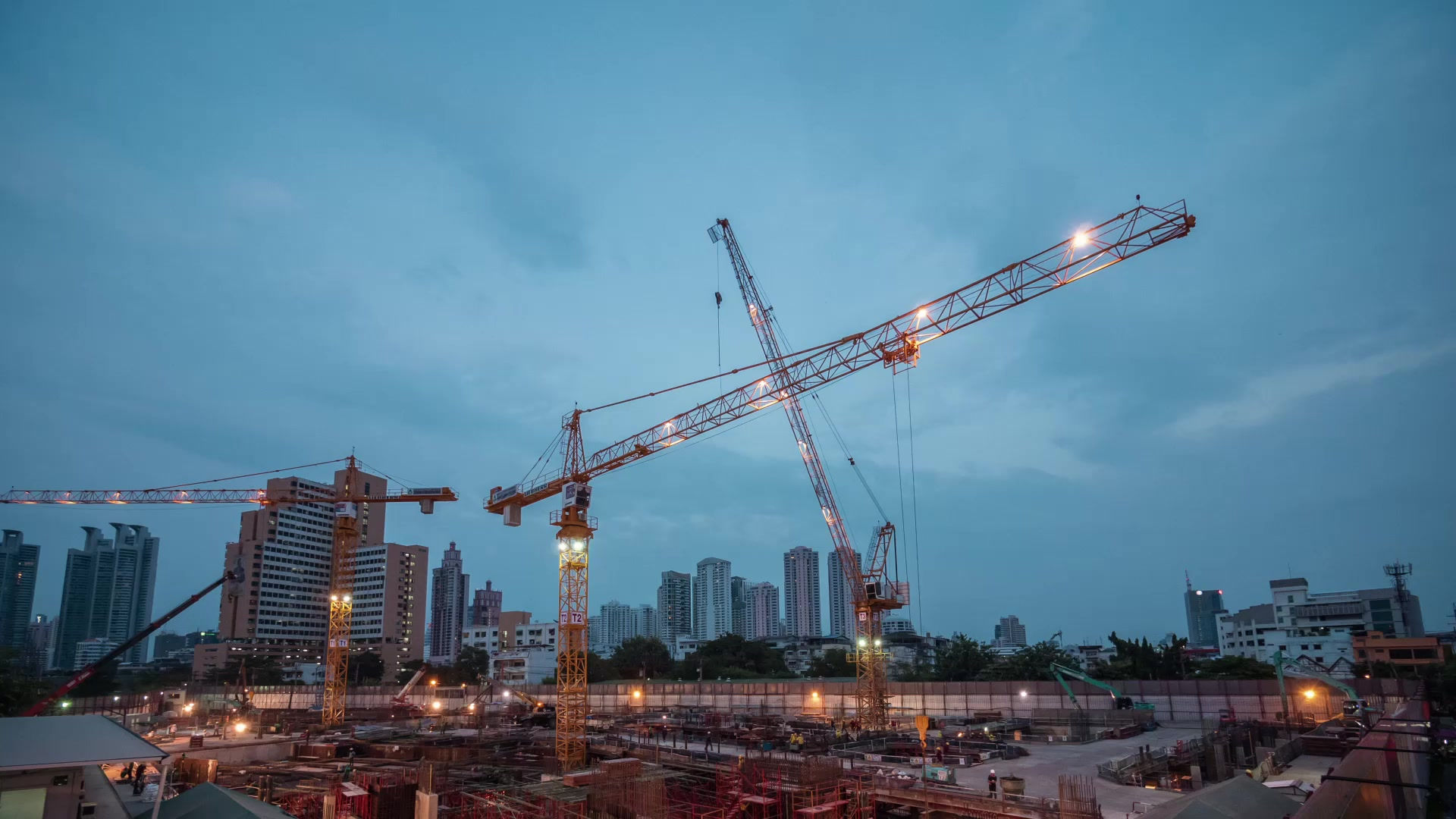Dewatering and Groundwater control 101:
- desrhodes
- Mar 11
- 2 min read
Updated: Mar 25
TABLE OF CONTENT
1. What Every Construction Site Needs to Know
2. What is Dewatering?
3. Why is Dewatering and Groundwater Control Important?
4. Areas and Projects That Require Dewatering
5. Common Dewatering Methods
6. Common Dewatering Mistakes to Avoid
7. Success Story: How Proper Dewatering Saved a Project
8. Choosing the Right Dewatering Partner
What Every Construction Site Needs to Know
Dewatering is a critical process in construction, yet it’s often overlooked until it becomes a major issue. Imagine being in the middle of a project, only to find your site flooded, delaying work and increasing costs. Whether you're working on a high- rise, a basement, or a large-scale infrastructure project, managing water properly is essential for safety, stability, and efficiency. Here’s what every construction site manager, contractor, and engineer should know about dewatering.
What is Dewatering?
Dewatering is the process of removing groundwater or surface water from a construction site. This is done to create a dry and stable working environment, prevent structural damage, and ensure worker safety. It typically involves pumps, wells, trenches, and other drainage systems to control water levels effectively.
Why is Dewatering and Groundwater Control Important?
1. Prevents Soil Instability – Excess water can weaken soil, making it difficult to build a solid foundation.
2. Reduces Construction Delays – Water accumulation can halt work and increase project timelines.
3. Ensure concrete dries to strength – Allows the concrete pilecaps and below grade foundation slabs concrete casting to dry to required strength
4. Prevents Structural Damage – Waterlogged foundations can lead to long-term damage, increasing repair costs.
5. Ensures Worker Safety – Standing water can create hazardous working conditions, leading to accidents.
6. Saves Money in the Long Run – Proper dewatering prevents costly repairs and work stoppages, making it a smart investment.
Areas and Projects That Require Dewatering
· Construction in waterlogged areas, near coastlines, high water table areas and flood-prone zones.
· Excavations for basements, tunnels, and underground parking structures.
· Large-scale infrastructure projects like bridges, dams, and sewage treatment plants.
· Industrial sites and mining operations to maintain safe working conditions.
Common Dewatering Methods
Depending on the project type, soil condition, and water levels, different dewatering methods are used:
· Sump Pumping – The most common and cost-effective method, where water is collected in sumps and pumped out.
· Wellpoint Systems – A series of small wells connected to a pump to lower the water table.
· Deep Well Systems – Used for sites with high water tables, where wells are drilled deep to extract groundwater.
· Open Pumping – Suitable for sites with good drainage where water is pumped from natural collection points.
Common Dewatering Mistakes to Avoid
· Skipping Site Assessment – Every site is different; failing to analyze soil and water conditions can lead to ineffective dewatering.
· Improper Pump Sizing – Using the wrong pump size can either lead to flooding or excessive energy costs.
· Ignoring Environmental Regulations – Uncontrolled water discharge can lead to legal issues and environmental damage.
· Lack of Monitoring – Regular checks are necessary to ensure the system is working as expected.
Success Story: How Proper Dewatering Saved a Project
A client approached us after facing repeated flooding issues on their construction site in Lagos. Heavy rainfall had delayed their foundation work, and previous attempts to manage the water had failed. Our team assessed the site, implemented
a deep well system, and closely monitored water levels. Within days, the site was dry, and work resumed without further delays. The client not only avoided costly downtime but also ensured their project stayed on schedule and within budget. This is the power of proper dewatering!
Choosing the Right Dewatering Partner
A successful dewatering plan requires expertise, the right equipment, and proper execution. At Concrete Logistics Limited, we specialize in providing tailored dewatering solutions to keep your project on track. Our team ensures efficient water management while complying with all safety and environmental regulations.
Got a dewatering challenge? Let’s help you fix it. Contact us today to discuss the best approach for your site!
By staying informed and prepared, construction teams can avoid unnecessary delays, minimize risks, and ensure the long-term success of their projects. Don’t wait until water becomes a problem—plan your dewatering strategy from the start!


Recent Posts
See AllTable Of Content The Hidden Dangers of Rainwater Damage Common Waterproofing Mistakes in Lagos How to Stay Dry This Rainy Season Don’t...































Комментарии